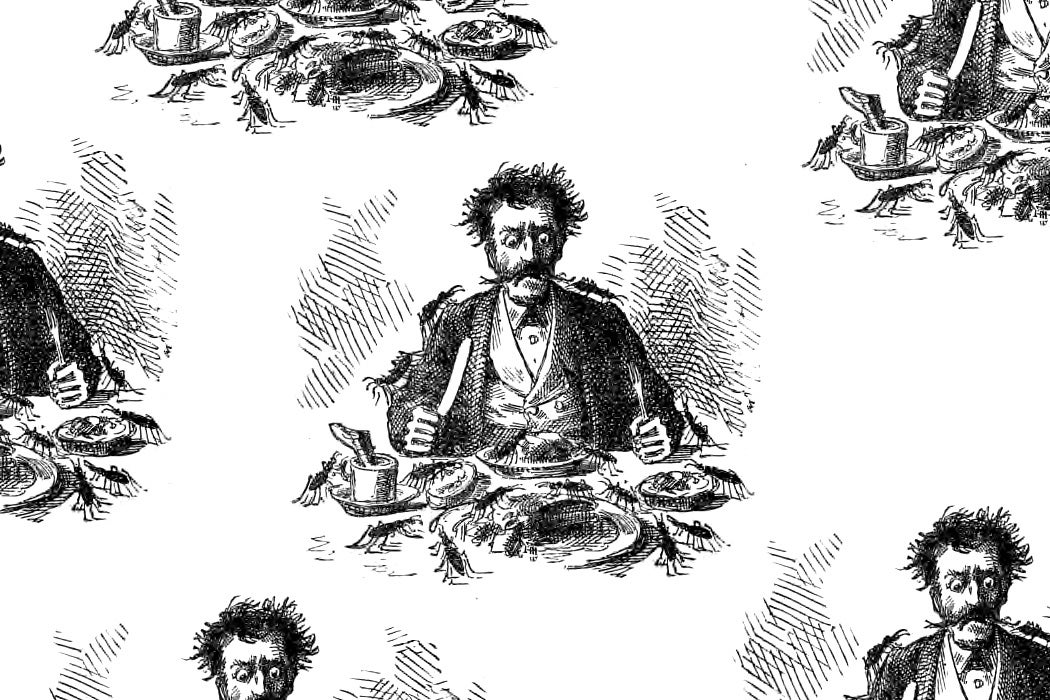Cockroach milk is officially a thing (if kind of a gross thing). Pacific beetle cockroaches, Diploptera punctata, are viviparous, meaning they give birth to live young. A researcher was able to “milk” cockroaches for the substance that nourishes the young. Upon analysis, the feeding substance turned out to be exceptionally high in fat, protein, and various nutrients. Apparently it is tasteless as well, so it might make a good nutritional food additive. The idea is already being floated as the next superfood. What is this stuff?
For starters, it’s not exactly milk. You will never flip a light switch to find a large roach suckling a litter of roachlets in the sink. The rich goo is secreted in the roach’s uterus (yes, this kind of roach has a uterus), nourishing embryos internally, rather than being used to feed the young after birth. The “milk” is vaguely analogous to a mammalian umbilical cord, but the embryos are fed with this special secretion rather than through the mother’s blood.
Fed exclusively on this substance, the embryos can grow more than 50-fold over the short (just a few weeks) gestation period. And each female has multiple young. The milk is so successful at feeding baby cockroaches that the total mass of the brood may up to 50% more than that of the mother.
So clearly, cockroach milk packs a nutritional punch, but is it a realistic human supplement?
The easiest way to access the nutritional power of insects is looking at populations that eat the insects themselves. A study of insect consumption among indigenous peoples in Amazonia illustrates the benefits. Groups in the study ate up to 90 different types of worms and insects, with termites, caterpillars, and beetle larvae especially prevalent. Analyzing these critters for nutritional value, it is easy to see why. Caterpillars, termites, and worms are all rich in fat, protein, several essential amino acids, and beta-carotene. Eating a variety of insects, in addition to plants and occasional meat ensured these people a balanced diet.
Plus, insect husbandry is much easier and more environmentally friendly than raising livestock. Only a small area is required, and far less waste is produced. It’s clear from the Amazon study that insects cannot provide all the nutrients we require, but they can certainly help. Only cultural mores prevent us from eating more of them.
So is cockroach milk the next superfood? The question might be moot since cockroaches are very difficult to milk. It is also not known if cockroach milk is safe for human consumption. And either way, it would be much more efficient just to eat the cockroach, milk and all.
Bon appétit!







